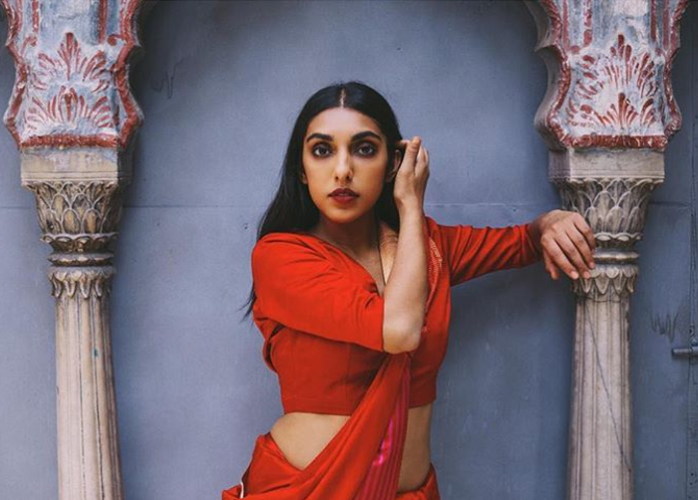Gemma and Dan in Tandem: Social Media Poetry
Gemma
Social media has provided a new platform for poets to share their work and has helped to cultivate a new form of poetry. Social media poetry is less about meter and form, and more about emotions and living in the real world, steering away from the traditional poetry we learn about at school. It bypasses typical literary gatekeepers like editors, agents and publishers and allows them to find their fame in the followers they gain on social media. Poetry on Instagram (referred to as ‘Instapoetry’) tends to be short so it fits into a single photo and is simple enough that readers can grasp the meaning as they scroll through their feeds.
The quality of the poetry that is being created isn’t always great. It varies wildly from powerful poems that move you beyond words to what people see as simply an inspirational quote or a metaphor split into lines. Rupi Kaur is the most popular and successful ‘Instapoet’ who now makes a living off her writing, after expanding her work from online to print and doing live readings. She writes about menstruation, body image, immigrant experience and rape which her younger audience appreciates and love. With an audience of primarily young girls and women, Kaur writes accessible and meaningful tales from her own perspective in a way that no one has to dissect as if they’re in an English class.
I have been following social media poets for a few years now, Nikita Gill, Danielle Doby and Lang Leav are all personal favourites of mine. Despite the short nature of the poetry I always found it incredible how four lines of poetry can make me feel more than a Byron poem ever has. It has also created a safe space for bodies, diversity and differences to be celebrated by a supportive community.
These poets are creating stepping stones to allow those who have often felt intimidated by traditional poetry to find works they love and they can find themselves in.
Dan
Social media poetry has always existed in one form or another, it’s nothing new. Evolving from the original digital e-poetry of the late-90s, all the way to the image macro internet poetry of Tumblr, it only made sense that someone would eventually gain enough attention to realise the potential to make their work sellable on platforms like Instagram and Twitter. It just needed a tech-savvy creative to realise it – like Rupi Kaur.
If one might search for #instapoetry, they will be welcomed by an array of formulaic skin-deep pieces written by cathartic teenagers: I am a this. They are a that. Apart we cannot. Together we can.
They read like fortune cookies.
Despite there being plenty of writers on show, it is Rupi Kaur that has gained a lot of attention since first posting on Tumblr in 2013; but, to me, this success seems to be a matter of one important factor: luck. With the easy access young people have to such platforms, it is sheer lucky timing that her content is now more public than ever because of its fit to modern needs. Short, consumable, and instant.
Now, don’t get me wrong, Rupi Kaur and her counterparts aren’t necessarily producing bad writing: it’s expressive, meaningful to the writer, it has a message that connects to the reader… Some might say it is a relevant stepping stone for gaining new audiences and writers, welcoming them into the literary community, but I’m not sure writing three unedited lines quite stands up to a carefully considered extended piece with considered rhyme, meter, and form.
I know that I’m probably not the target audience of social media poetry, I much prefer the wave of flash fiction Twitter has attracted, cramming what you can say into 280 characters can be very clever, but that takes time. It needs a hook and a twist. Social media poetry can be clever too, it’s not all bad, but when the majority is made up of amateurs thinking they’re deep for the sake of a simile I can’t say I entirely approve.
by Gemma Oxley and Dan Hunt



